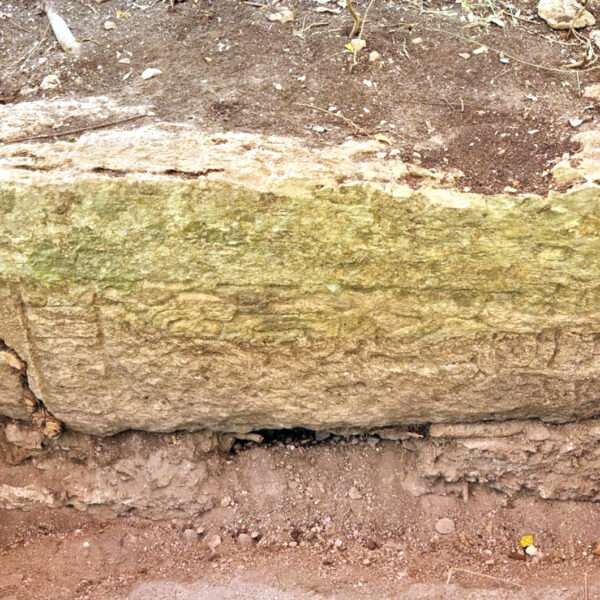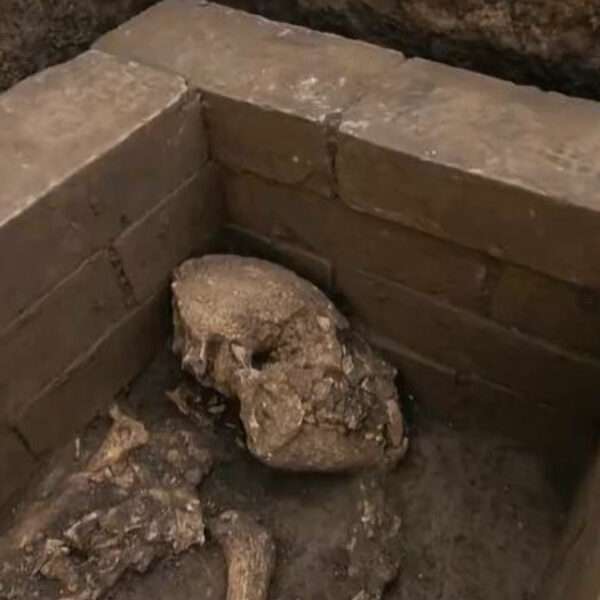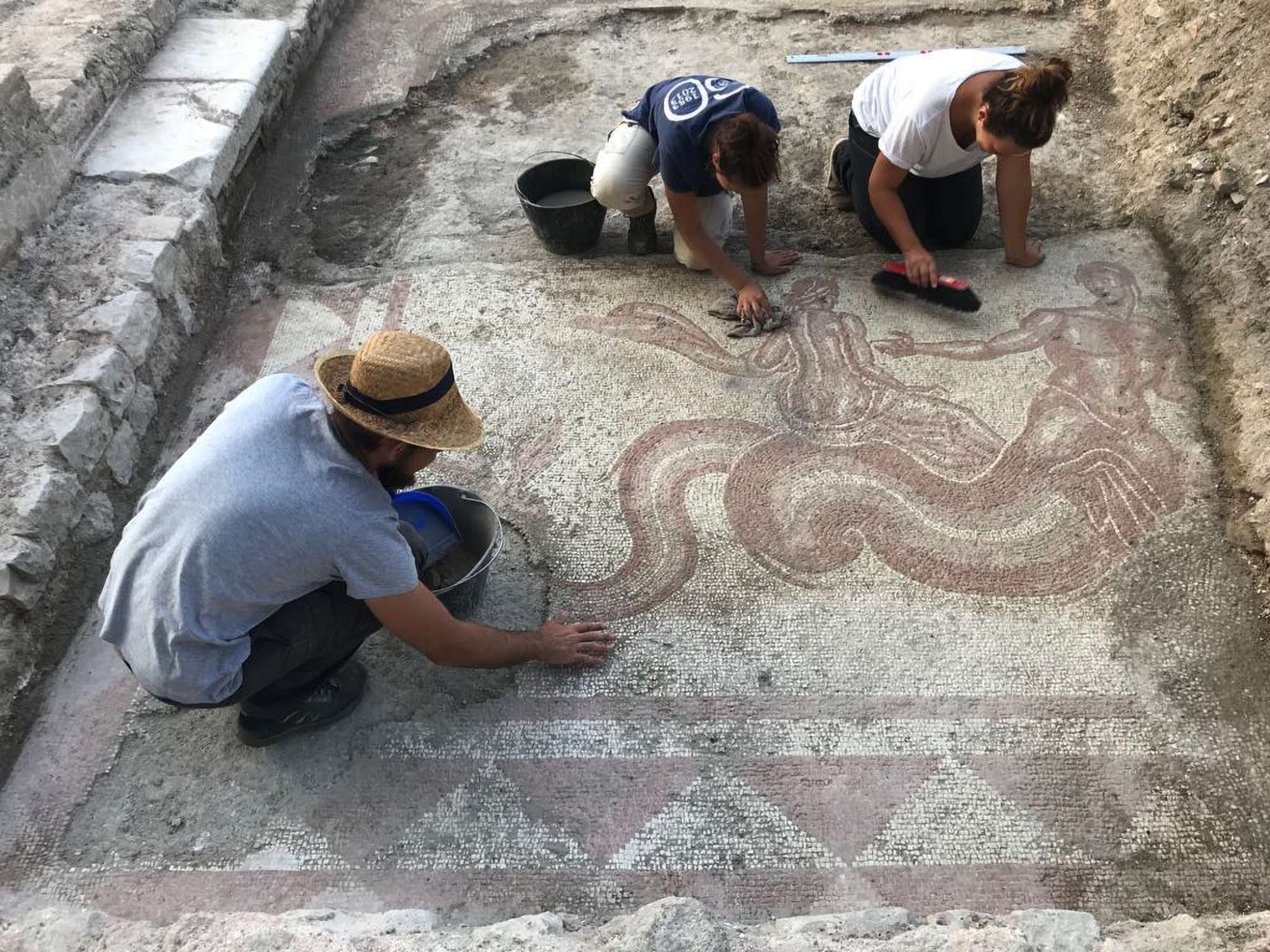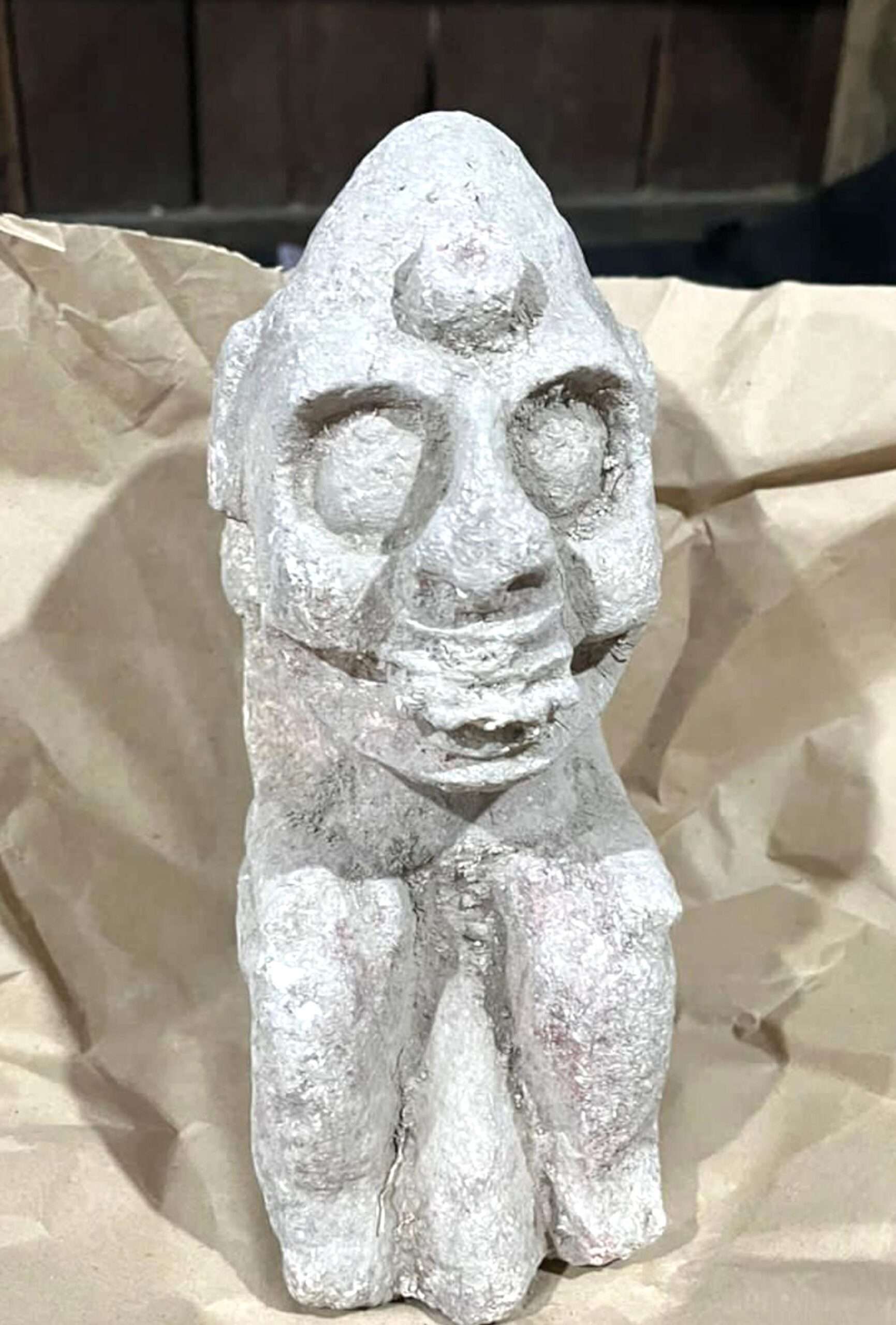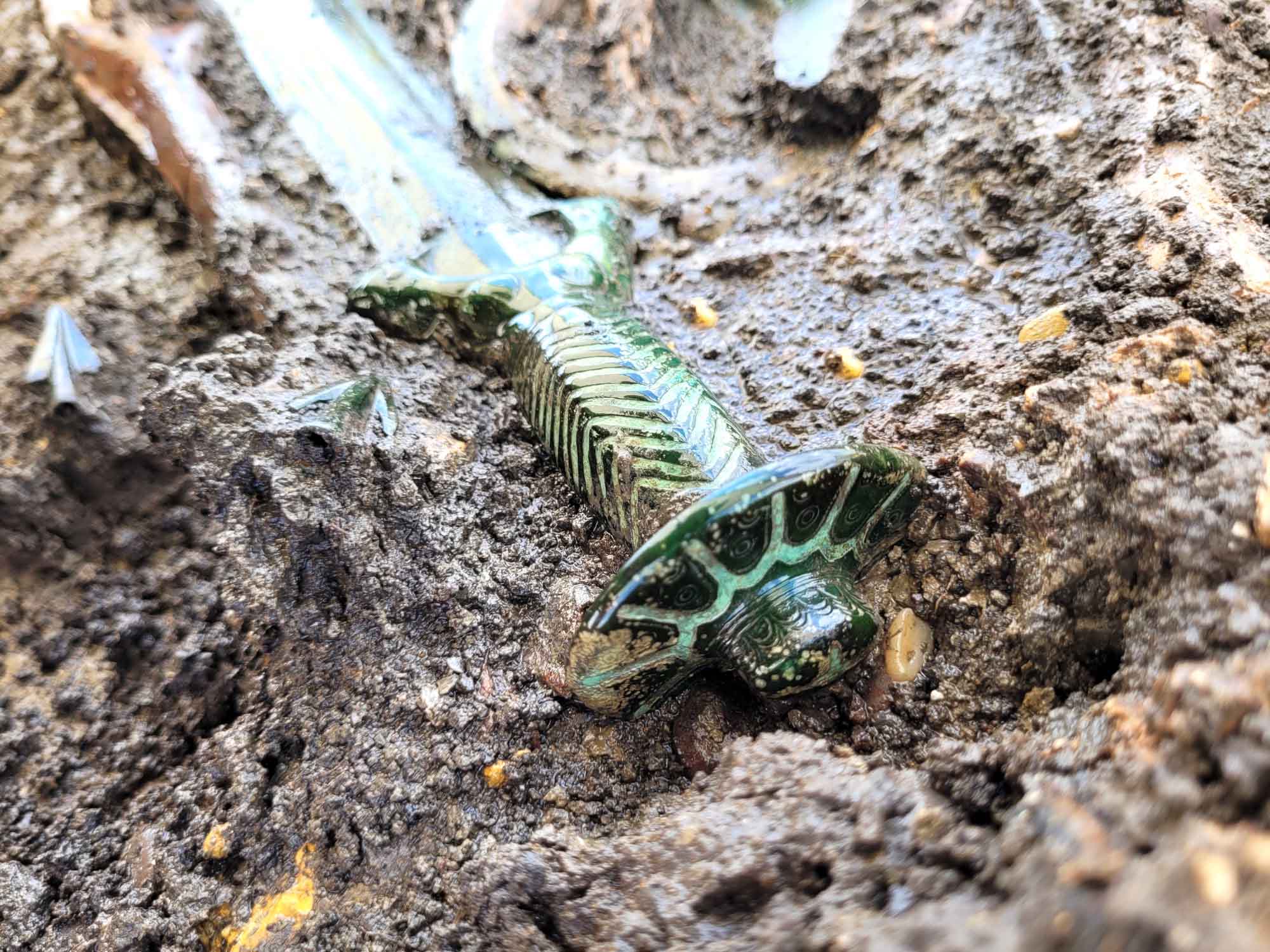A new species of ancient wide-mouthed frog once prey to caveman hunters 100,000 years ago has been unearthed by scientists in Argentina.
Fossil hunters discovered the remains of the amphibian’s skull on a routine field trip to San Pedro in Buenos Aires, the country’s capital.
Leader Julio Simonini found the fossil when he noticed small bones embedded in a Pleistocene era rock.
The newly discovered amphibian – shown in an artist’s model – belongs to the group of escuerzos, carnivorous amphibians.
The group of frogs hunt by movement and can eat any smaller animal that passes by.
The species lived during the Pleistocene era -a historic period that lasted from c. 2.58 million to 11,700 years ago.
Experts are to name the new species after Simonini, who found it.

Simonini – from Fray Manuel de Torres Paleontological Museum – called the discovery “a source of pride” for Argentinian science.
Jose Luis Aguilar, director of the museum, said in a statement obtained by Newsflash: “The discovery represents a big opportunity to know in more detail the amphibian fauna lived in the Pleistocene in the region”.
He added: “As it is an unknown species until now, it gives unprecedented information about the diversity of these animals.
“The fact of having found a significant portion of the animal’s skull allowed comparison with its fossil and current counterparts, enabling the determination that it was an animal never before discovered.”
The new species is being studied by expert Guillermo Turazzini, from the Lab of Evolutive Morphology and Paleobiology of Vertebrates of the National Council of Science and Technical Investigations.
Turazzini said: “We have agreed with the Museum that the new amphibian will be named after its discoverer, Julio Simonini, in recognition of his work and his contribution to Argentine paleontology.”

Simonini added: “Every time we discover fossilised remains of small animals we are excited because the smaller ones are more difficult to find.
“Besides, the big bones are easier to be preserved as fossils, so when I saw these small structures, I felt a huge satisfaction.”



